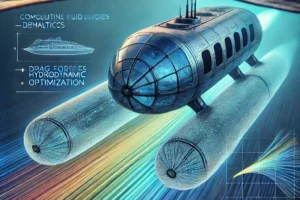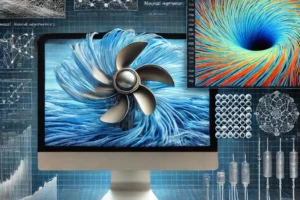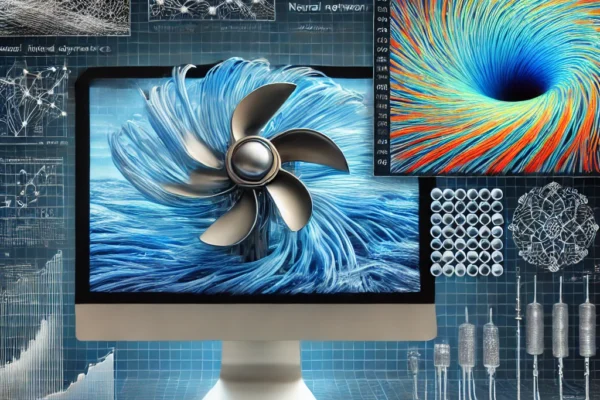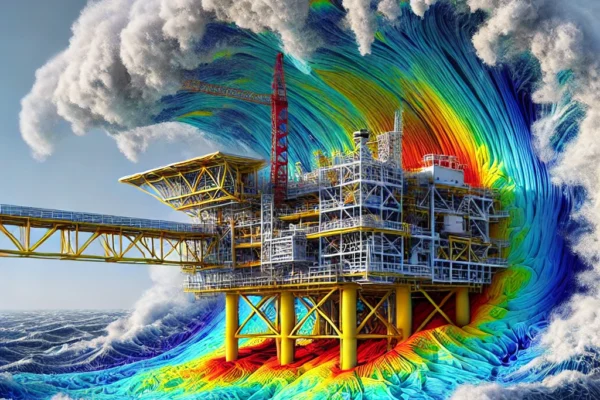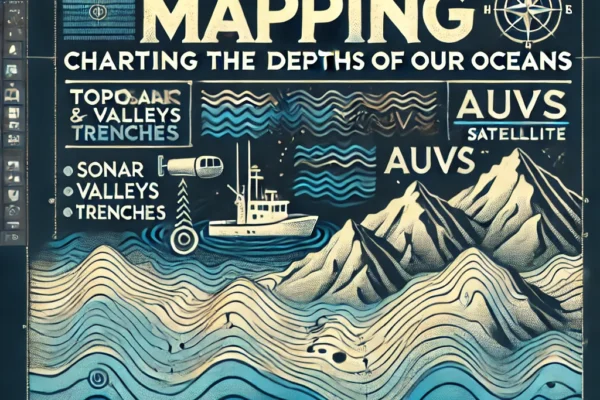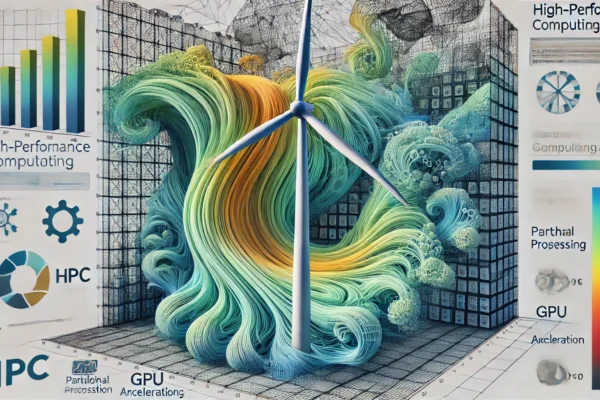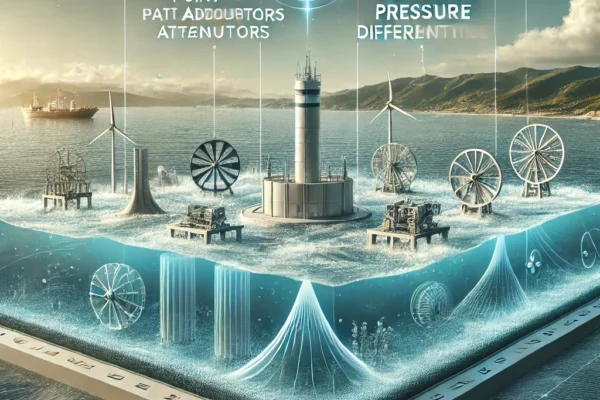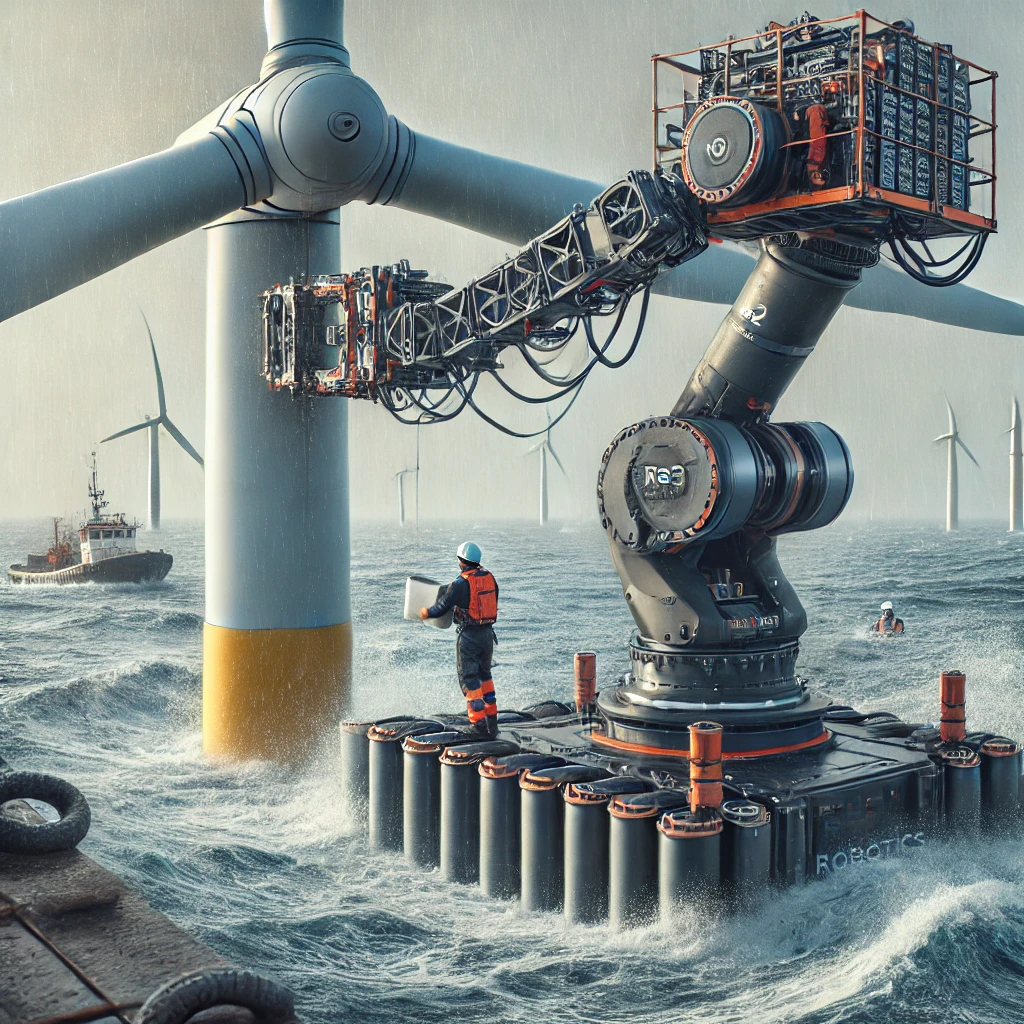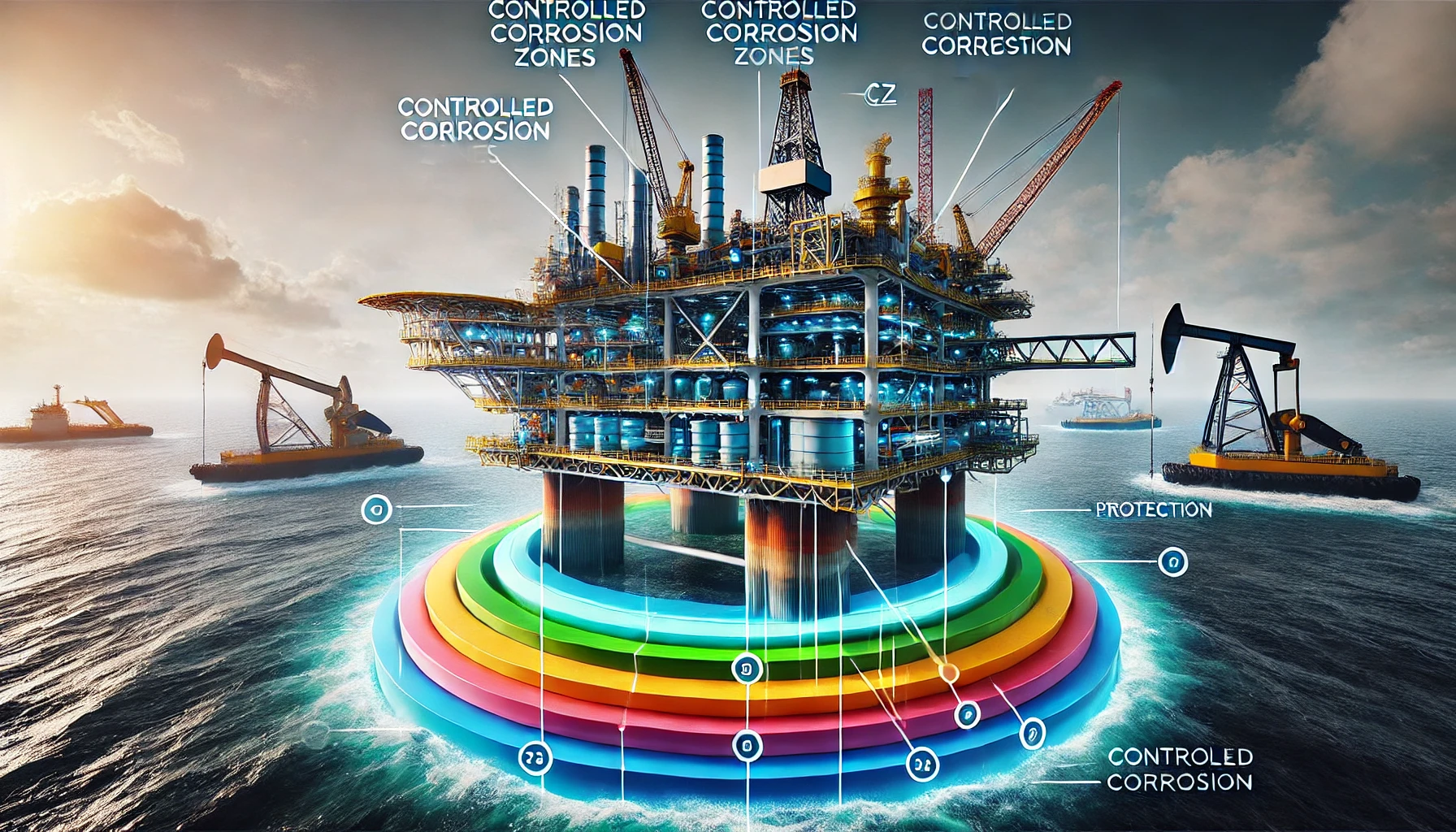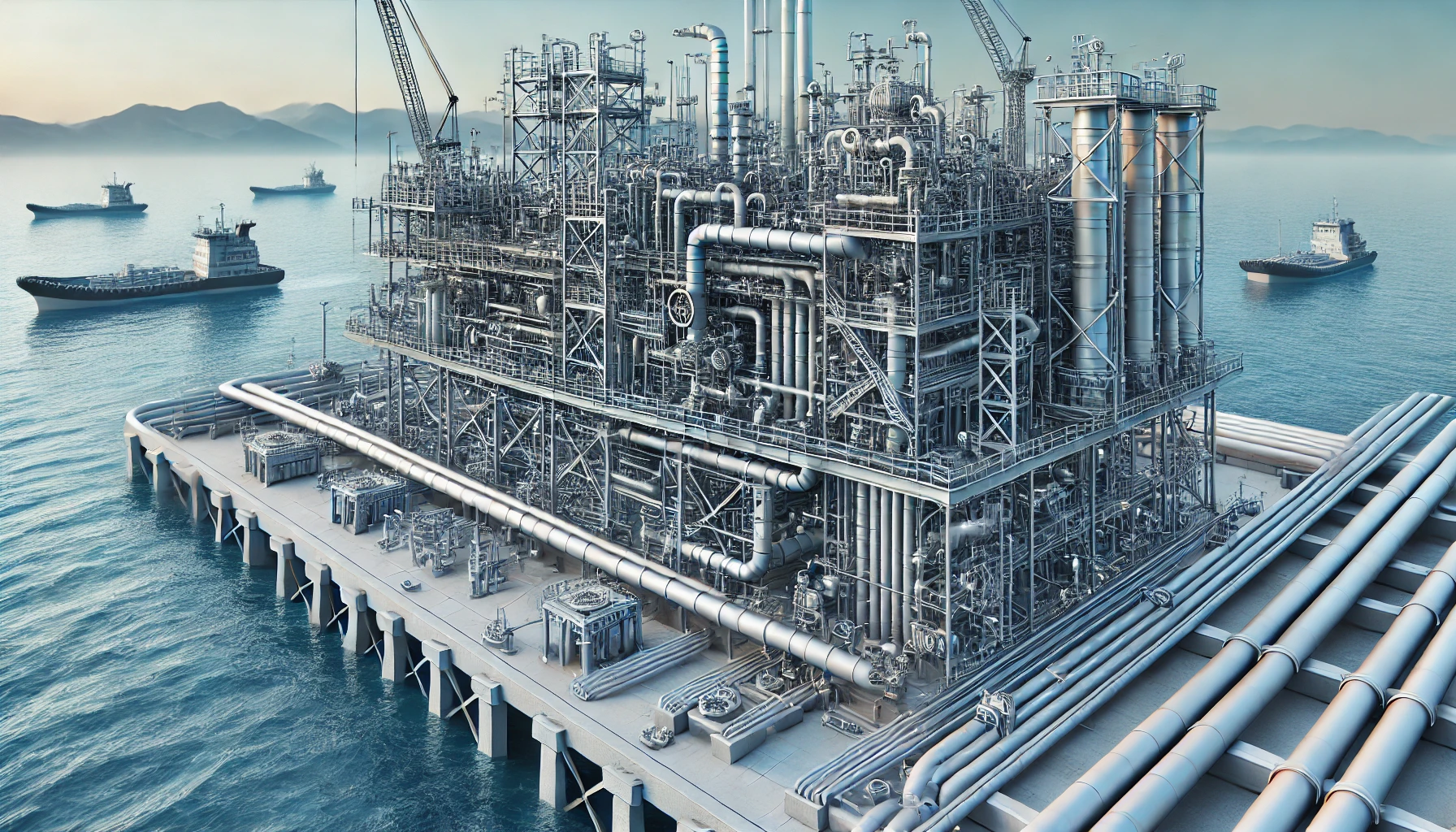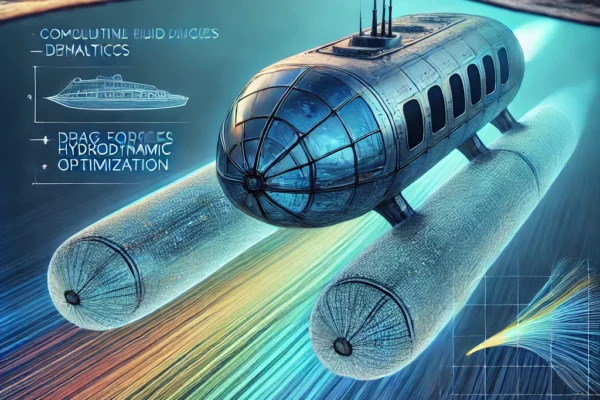
Role of Computational Fluid Dynamics and Advanced Technologies in AUVs
Autonomous Underwater Vehicles (AUVs) represent a convergence of advanced engineering and computational technologies. These vehicles, capable of performing tasks without direct human intervention, are indispensable in deep-sea exploration, environmental monitoring, and industrial inspections. AUV design demands an intricate balance between energy efficiency, maneuverability, structural integrity, and noise reduction. Among the key tools shaping modern AUVs…

